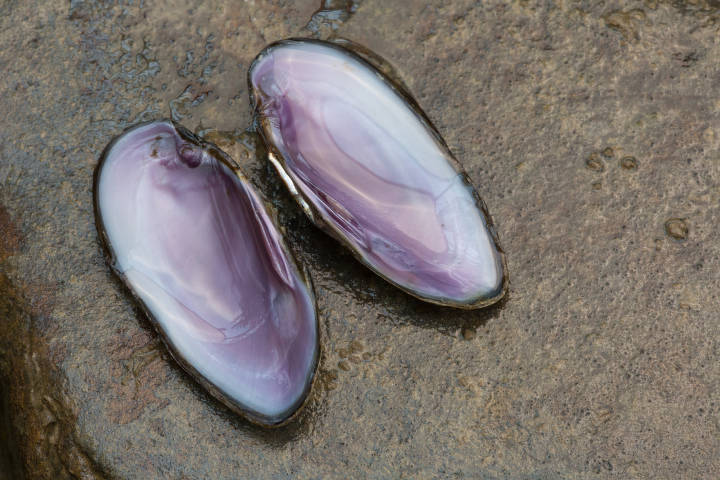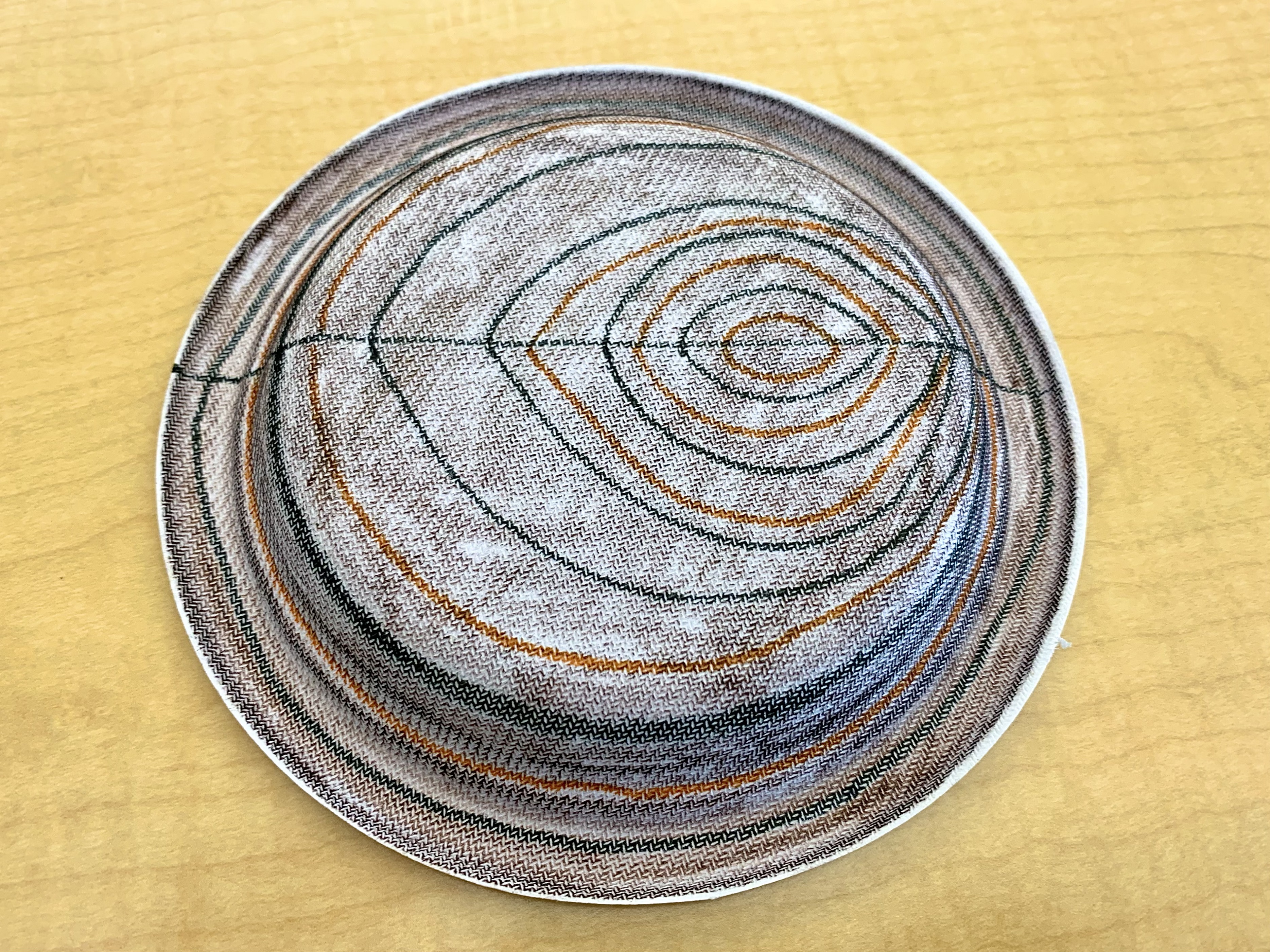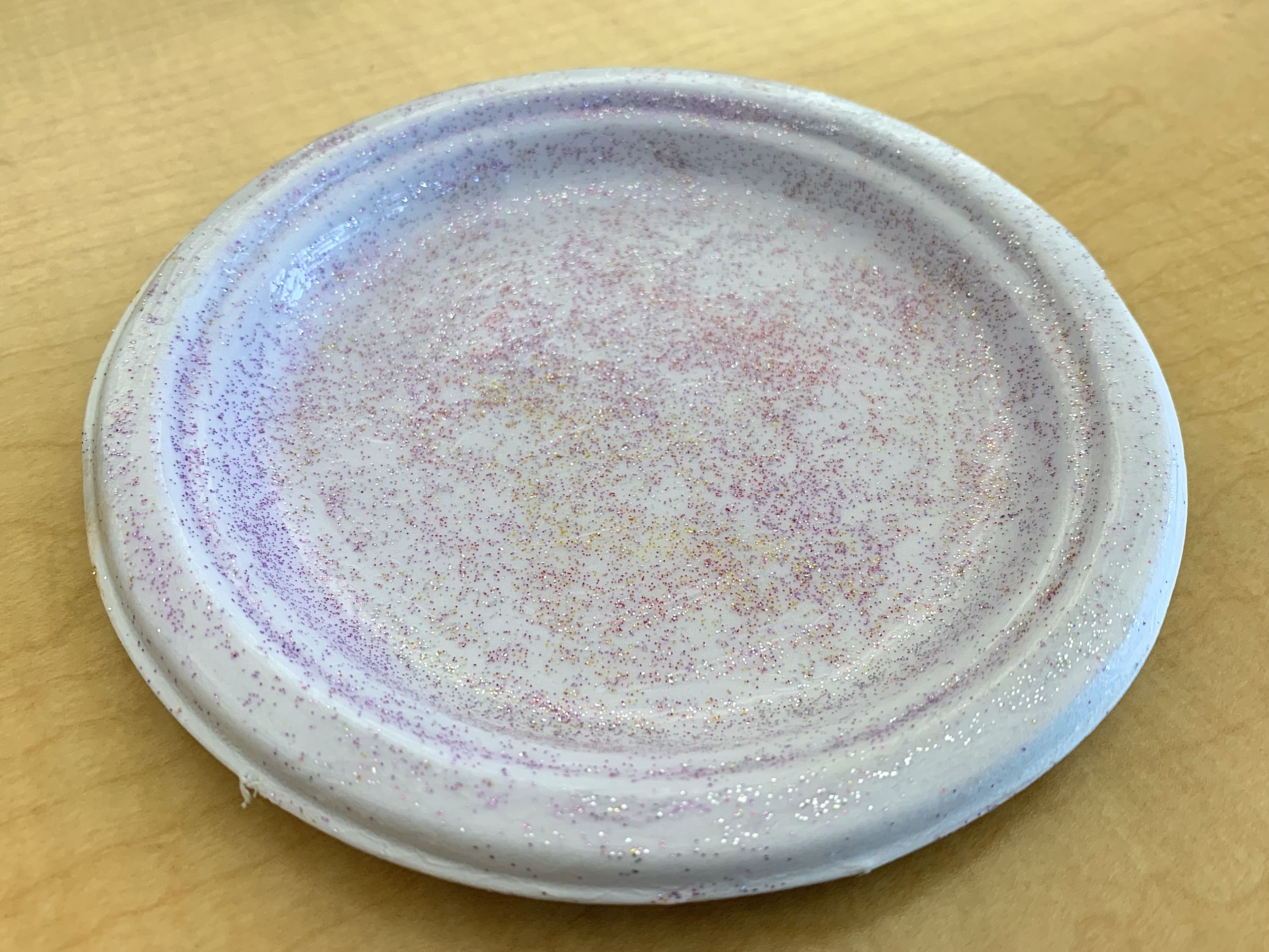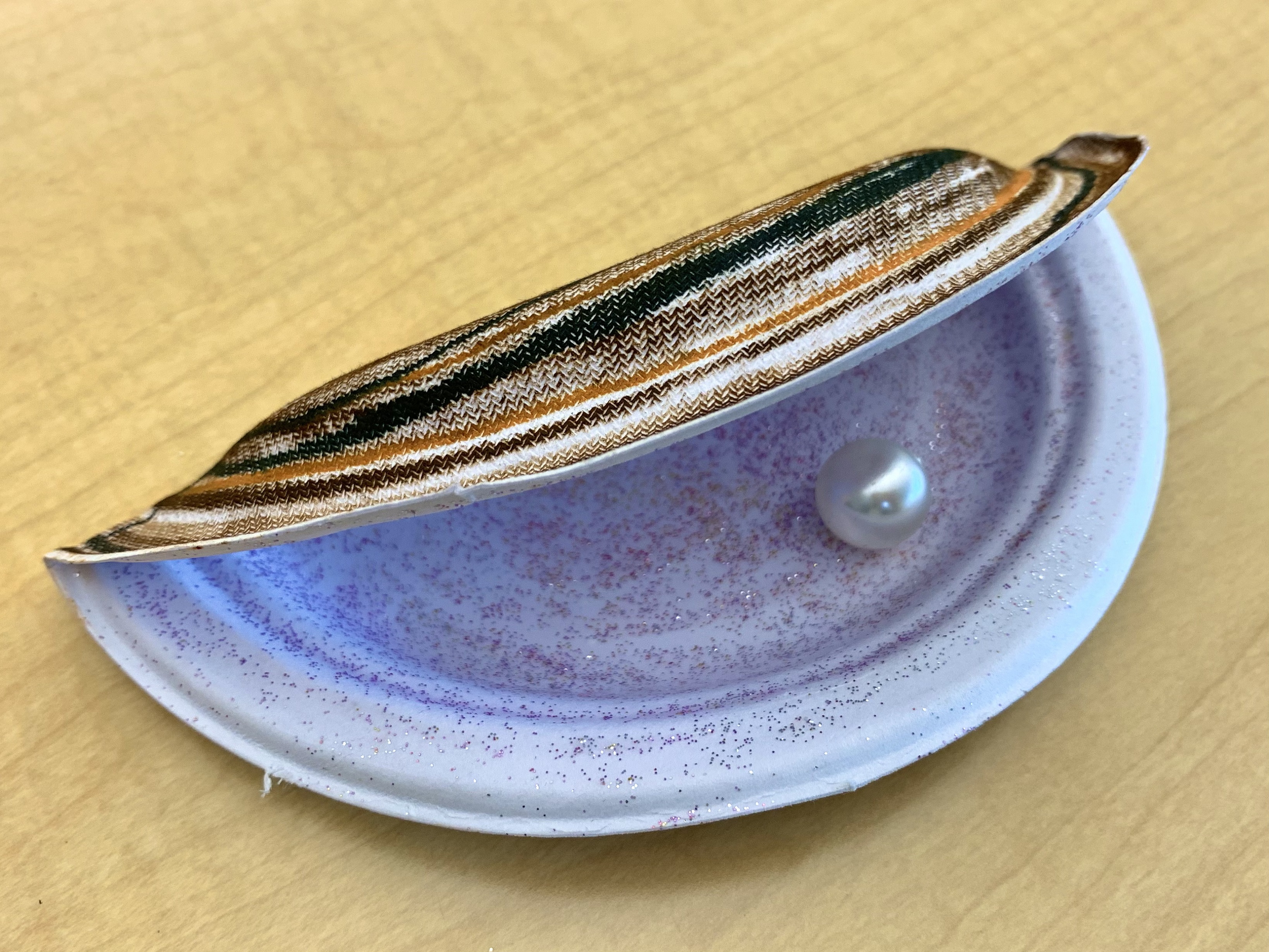Blog

Mighty Mussels
If you are swimming in a lake or stomping down a creek this summer, chances are you will find freshwater mussels! There are 67 known species of native freshwater mussels in Pennsylvania, but these numbers are threatened by pollution and habitat loss. Keep reading to learn why mussels are such an important part of the aquatic ecosystem!
Mussels are a type of bivalve mollusk. A lot of awesome animals are mollusks, like snails, slugs, squids, and octopi! Other bivalve mollusks include oysters, clams, and scallops. Bivalve shells have two parts that meet on a hinge. This is like how a book opens and closes but is connected by the spine. Mussels do not like to move, and most will stay in the same area their whole life! When they do need to scoot around, they use a giant foot that is usually tucked inside their shell. The foot kind of looks like a tongue, but it is actually a strong muscle that pushes them along.

Image credit: U.S. Fish and Wildlife Service
There is another important tool hidden inside mussels: their gills! Mussels suck water in through a straw-like tube called a siphon. Water brought in by the siphon passes through the gills, straining food out of the water. This is called filter feeding. In the process, mussels also take bacteria, dirt, algae, and pollutants out of the water! Mussels are super hard workers and can filter up to 10 gallons of water every hour. Their cleaning abilities make sure that other plants and animals have a healthy place to live too.
Today’s craft will highlight another mussel superpower. Just like oysters, scallops, and clams, mussels can make pearls! Pearls form when a speck of debris gets stuck inside a mussel and irritates it. To protect itself, the mussel will cover the speck in a shiny coating called nacre, or mother-of-pearl. Overtime, layers of this material will form a round pearl!
For our craft we will need a paper plate, glue, markers, and glitter glue/paint. You will also need something for a pearl, such as a cotton ball, pom pom, sequin, or bead.
First, use markers to decorate the bottom of a paper plate. This will be the outside of your mussel’s shell. Mussels come in all sorts of colors, but since most of Pennsylvania’s freshwater mussels are brown, that is what I chose.

Flip the paper plate over and paint this side with glitter glue/paint to give it the shiny coating of nacre that mussels need to form pearls. Let this completely dry before moving on.

Once the paper plate is dry, fold it in half to create the bivalve’s hinged structure.
Finally, use glue to add a cotton ball, pom pom, sequin, or bead to the inside of your mussel. Wait for the pearl to dry, and then go flex your mussel knowledge!

Resources
A Field Guide to Pennsylvania’s Freshwater Mussels
Smithsonian: The True Story Behind How Pearls Are Made
Photo credits: USFWS Ryan Hagerty; Craft, Anna Bagwell; Header, Pixnio user Drazen Nesic; Cover, USFWS Ryan Hagerty

